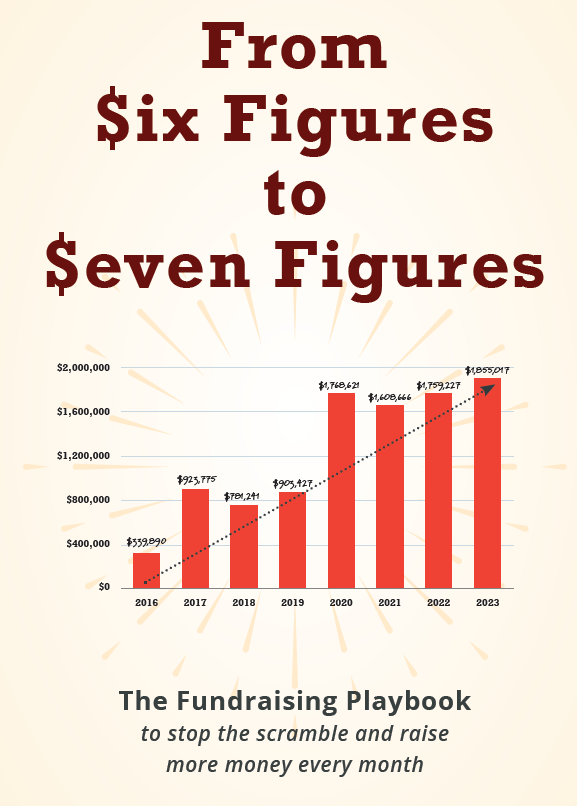Neil DeGrasse Tyson is a famous astrophysicist. Millions of people love him for his ability to explain complex scientific ideas in ways that non-experts can understand.
But you know what? At any given time there are hundreds of scientists who are deeply annoyed at Tyson. Why? Because his explanations oversimplify the complex realities of astrophysics, or the space-time continuum, you name it.
But the videos and TV appearances that Neil makes aren’t for those experts. The videos and appearances are for you and me. The job of those appearances is to get more people interested and involved in the sciences.
In order to do that job, Neil has taken the occasional potshot from an annoyed expert.
The exact same thing is true of individual donor fundraising: in order to get more people interested and involved in a nonprofit, the leader of the organization has to simplify complex realities. This makes the organization more accessible and raises more money, and results in potshots from friends at sister organizations, Board members, and program staff who are experts.
The Red Cross oversimplifies the complex realities of disaster relief. World Vision oversimplifies the complex realities of childhood poverty. St. Jude’s oversimplifies the complex realities of pediatric cancer research and treatment.
The experts in those fields are deeply annoyed at the oversimplification going on in the fundraising done by those organizations.
But the fundraising is not for those experts. And the fundraising done by those organizations has resulted in millions of people being more involved, and billions of dollars raised to make the world a better place.
So this is a call to all the creators and approvers of fundraising out there. If Neil will take a few potshots in order to get more people interested and involved in the sciences, will you take a few potshots to get more people interested and involved in your cause and helping your beneficiaries?









